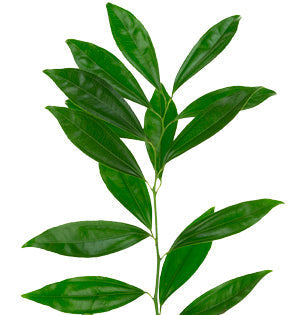
Cocculus foliage
Cocculus foliage features ovate leaves with a smooth margin. The leaves have a soft texture, and the stems are slender and flexible.
Welcome to our Flower Library. In these pages you will find over 134 of the most common florist flowers and foliages used in floral design. We have pictured and detailed the common and botanical names of each flower along with it's seasonal availability and colors. You may search for a flower by name or by image. For each flower we have detailed the care and conditioning methods, storage temperatures, design notes and problems specific to each flower. Also included in these pages are interesting facts about each flower including the country or region of origin, how the flower came to named, and historical notes about the flower.
.jpg?v=0)
Enter your keyword search above, or browse the library below.
There were no search results for the search "". Please try using more general terms to get more results.
Results found for ""
Result pages:

Cocculus foliage features ovate leaves with a smooth margin. The leaves have a soft texture, and the stems are slender and flexible.
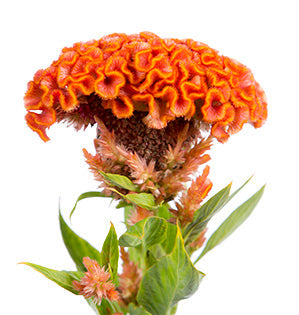
Cockscomb is a very interesting and unusual flower shape, resembling a cockscomb or folds of the brain. The blossom is large and found singly at the end of a heavy stalk.
A heathlike shrub with clusters of tiny blossoms near stem ends. Stems covered in small needle-like leaves.



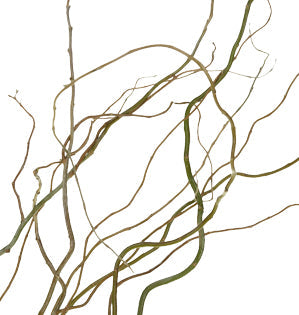
Contorted, slender, flexible and twisted branches often forming graceful arcs and loops.
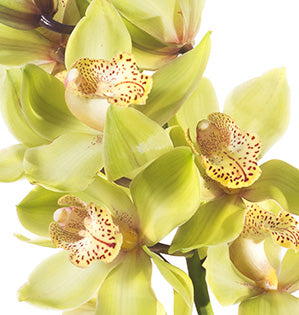
Orchid blossom is composed five outer petals and one inner petal with a fringed, boat-shaped lip. Blossoms are arranged on stems 16-24 inches long bearing 8-20 flowers.

Trumpet-shaped corona with six surrounding petals in a star shape at the end of a long hollow stem 8 to 22 inches long.

Dahlias consist of numerous hybrids and cultivars and a wide variety of shapes, textures and sizes, ranging from round to ball shaped, and daisy to pinwheel shaped.

Spike shaped clusters of flowers 8 to 20 inches long on stems 18 to 48 inches long. Flowers are disc shaped, trumpet shaped, or dolphin shaped.

Dendrobium Orchids are know for their elegant and sometimes flamboyant flowers. Blossoms are 1-2 inches across, with 3 colored sepals, 2 petals and a 3rd petal forming a lip, a spur extends from the back of the flower. Stems are 12-24 inches long bearing up to 15 flowers.

Tiny, delicate, star-shaped blossoms which grow in flat-topped clusters called umbels. Each umbel can be up to 6 inches across and is composed of numerous individual flower stalks radiating from a single point, creating a somewhat umbrella-like shape. Dill is known for its fine, feathery foliage. The leaves are slender, delicate, and thread-like.
The leaves are long, slender, and lance-shaped. with a pointed tip. They range in length from about 1 to 2 feet. The leaves are firm and flexible with a smooth and glossy texture.
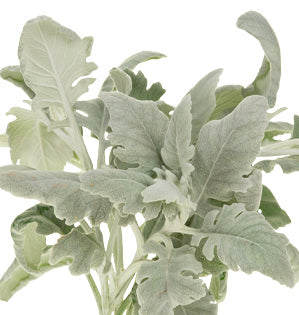
Dusty Miller leaves are deeply lobed and somewhat jagged or serrated along the edges. The leaves are typically soft and fuzzy, and covered with fine hairs that contribute to their silvery-gray (dusty) appearance.
Ball-shaped flower heads are 2 inches in diameter, composed of steel blue bristle-like bracts and blue feathery flowers.

Long, slender, dramatically segmented stems. The leaves are tiny scales found at the joints. A cone shaped spike bearing spores is formed on the top mature stems.

Tall dramatic flowers with distinctive bottle brush blossoms atop leafless slender stalks. The height of these impressive flowers can be two to seven feet.
Small, delicate star-shaped flowers with five petals. The flowers bloom in clusters, creating a profusion of blooms that can be quite striking against the dark green foliage.